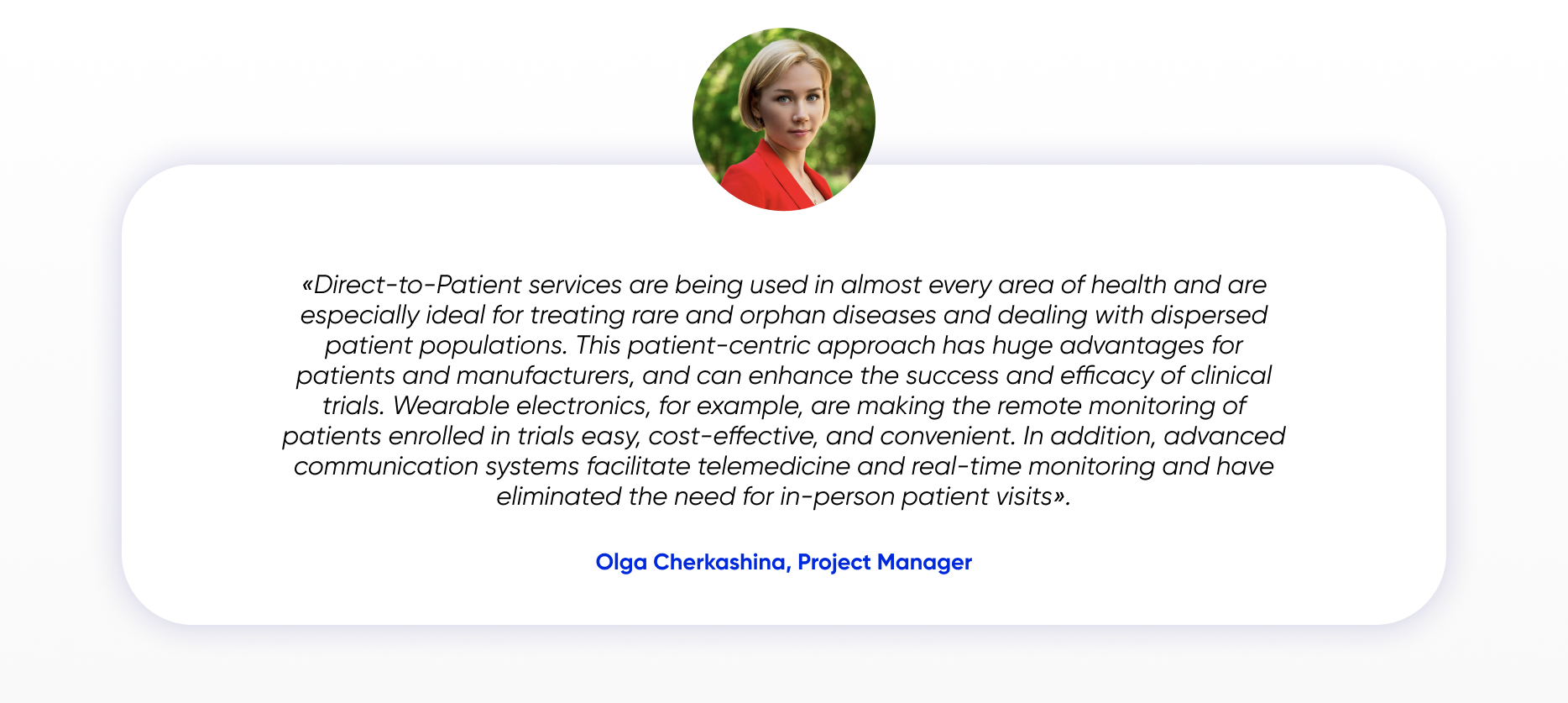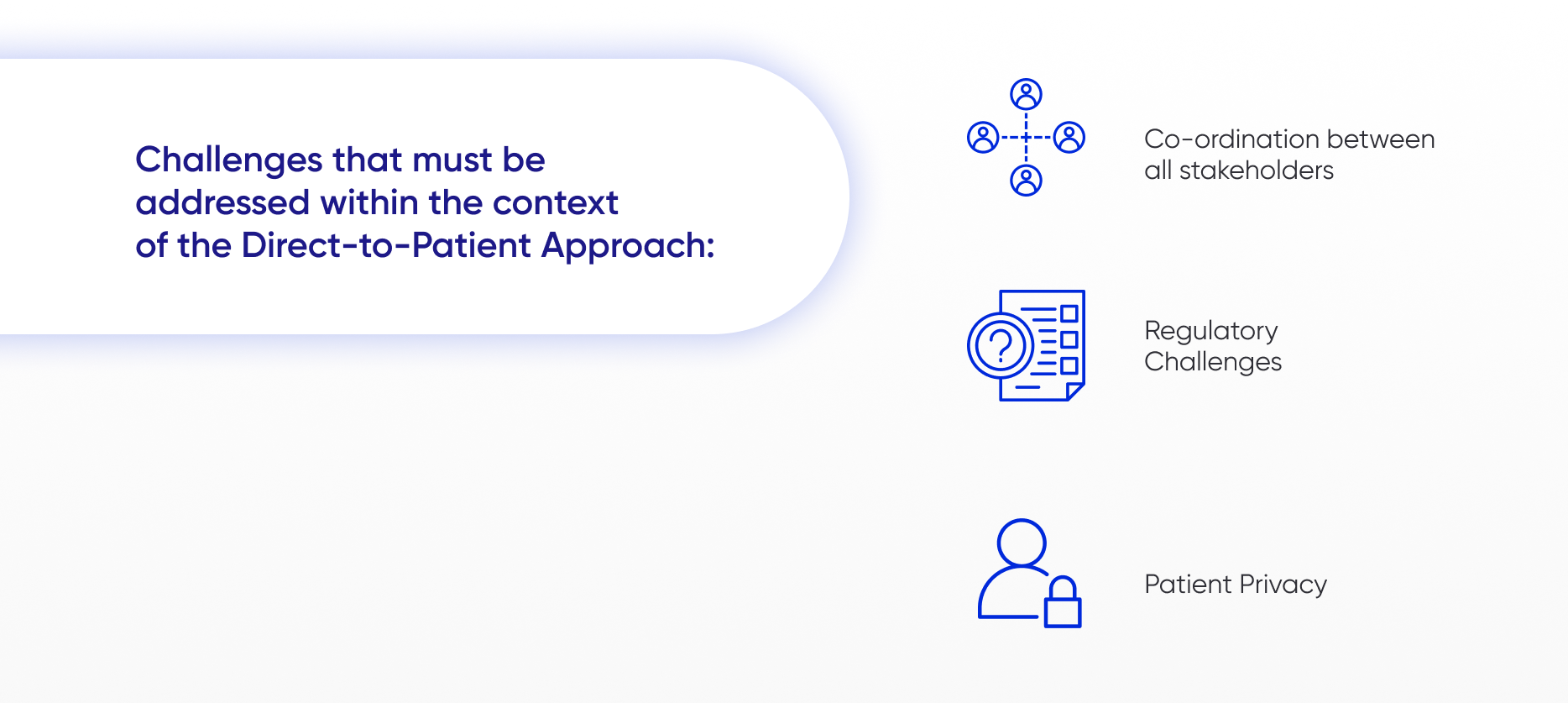- about us
- services
services
- Clinical Trial Supply
- EARLY ACCESS PROGRAMS
- COREX SUPPORT SERVICES FOR RARE DISEASES
- Laboratory Kits Preparation
- Marking and labeling of medicinal products
- Return of medicinal products, materials and equipment
- Certified destruction of drugs
- Quarantine storage of drugs and clinical trial materials
logistics
- Temperature controlled transportation and storage services
- Patient Oriented Services
- Vaccine delivery and storage
- Cryogenic storage and transport
- COREX Logistics Courier service
- Direct-to-patient Delivery
- Global logistics for clinical trials
REGULATORY SUPPORT AND CUSTOMS CLEARANCE
- Customs clearance of medical cargo
- EXPERT IMPORTATION SOLUTIONS FOR LABORATORY EQUIPMENT AND MEDICAL PRODUCTS
- knowledge hub
- WhitePapers
- Media Center
- news
- videos
- events
- Tone Of Voice
- The Corporate Culture Guidebook
- case study
- contacts
- we're hiring
CLINICAL TRIAL LOGISTICS
REGULATORY SUPPORT
CLINICAL STUDIES SERVICES
- about us
- services
services
- Clinical Trial Supply
- EARLY ACCESS PROGRAMS
- COREX SUPPORT SERVICES FOR RARE DISEASES
- Laboratory Kits Preparation
- Marking and labeling of medicinal products
- Return of medicinal products, materials and equipment
- Certified destruction of drugs
- Quarantine storage of drugs and clinical trial materials
logistics
- Temperature controlled transportation and storage services
- Patient Oriented Services
- Vaccine delivery and storage
- Cryogenic storage and transport
- COREX Logistics Courier service
- Direct-to-patient Delivery
- Global logistics for clinical trials
REGULATORY SUPPORT AND CUSTOMS CLEARANCE
- Customs clearance of medical cargo
- EXPERT IMPORTATION SOLUTIONS FOR LABORATORY EQUIPMENT AND MEDICAL PRODUCTS
- knowledge hub
- WhitePapers
- Media Center
- news
- videos
- events
- Tone Of Voice
- The Corporate Culture Guidebook
- case study
- contacts
- we're hiring
- services
Back to the list 26 Sep 2023
26 Sep 2023
Direct to patient care
Fueled by a growing industry emphasis on putting patients at the centre of healthcare, the Direct-to-Patient approach has undergone significant evolution in the last decade, experiencing a substantial global surge in acceptance over the past three years. This approach delivers tailored care, treatment plans, and therapies directly to patients in the comfort of their own homes, yielding valuable advantages for all involved.

The use of the model skyrocketed worldwide with the onset of the COVID-19 pandemic and it’s clear that it’s here to stay. Business Intelligence company, Visiongain, reported in November 2022 that the DTP market is projected to grow at a CAGR of 6.1% by 2032. Increased use of improved technology is, of course, in the driving seat. Combined with effective logistics solutions managing regulatory requirements, time and temperature-sensitive deliveries, patient care and patient privacy, the DTP approach can only continue to bring patients and healthcare closer every day.
BENEFITS
The decentralised approach is highly beneficial across many areas. Let’s take a look at some here:
Enhanced Patient Experience:-
A Personal Touch
Comfortable, relaxed and in familiar surroundings, a patient at home can be calmer and happier - a state conducive to effective healing. For many, hospital visits can be intimidating and impersonal whereas in a DTP protocol, treatment is performed under the direct supervision of an experienced, trained homecare professional in a comforting, familiar environment with comforts to hand. -
At Your Convenience
Scheduling treatment and hospital appointments can be tricky and an additional burden on already stressed patients and their caregivers. They can even prevent patients from considering treatment in the first place, or dropping out along the way. DTP means that drug therapies can be delivered and administered at a time and place that suits the patient, reducing stress and ensuring continued treatment. -
Access All Areas
Not every patient lives within a convenient distance of an appropriate treatment centre. Lengthy travel times and long distances can potentially outweigh the potential benefits of the therapy in question for some patients, or become so offputting that they discontinue treatment entirely. When the treatment comes to the patient, however, this isn’t an issue. -
Safety First
A hospital visit or stay can introduce additional risks, especially for patients who are immuno-compromised. According to the CDC, for example, an estimated 648,000 people in the US develop infections during a hospital stay. Being able to stay at home eliminates this risk.
Reduced Strain on Conventional Healthcare:
The DTP model really came into its own during the COVID-19 pandemic. As we all turned to technology to communicate, so, too, did healthcare. Forced to adapt and change, healthcare embraced this new way to work and thanks to modern technology, patients and trial participants now have better and more frequent communication from the comfort of home and can be safely and accurately monitored through wearable devices.
This, in turn:
-
Frees up space in waiting rooms and reduces the requirement for in-person appointments
-
Reduces demand on hospital beds and staff.
-
Digitises information gathering through processes such as electronic clinical outcome assessment (eCOA), electronic patient-reported outcome (ePRO) and eDiaries.
-
Reduces the need to treat patients, especially those who are high-risk, from secondary infections picked up through hospital visits and stays.
Overall, the DTP model eases the burden on traditional healthcare systems, making them more efficient and available for critical cases.
Gaining the Edge for Sponsors and Manufacturers:Organizations employing this approach gain a competitive edge in the industry:
-
Finding and Retaining Participants
Recruiting and retaining subjects can be the most challenging phase of a clinical study, however, a clinical trial that reduces the burden on a patient’s lifestyle and pocket will be a more attractive and achievable prospect for them. Visiongain tells us that trials of this nature have 60% or more enhanced recruitment and a completion rate of over 95% on average. With this in mind, DTP is a logical and highly beneficial approach to take. -
Reach Out
Removing the necessity for patients to have to visit a central location to participate in a trial greatly enhances the scope for CTO’s to enroll patients from far and wide, even internationally, thereby increasing the diversity of the trial subjects. -
Information Is Power
Digital collection of data leads to more and better information and feedback. Instead of waiting for participants to attend a physical appointment, sensors can convey continuous information updates allowing researchers to identify data trends and trial drug’s effects in a timely way. In cases where patients are required to send evidence videos or photographs that they have recorded themselves, Computer Vision will enhance the quality of visuals for better analysis. Using AI as part of Direct-to-Patient treatment can improve the experience overall for both patient and trial organiser, reducing the burden of participation and resulting in more accurate data to achieve better results for all.
Cost Savings Potential:
The Direct-to-Patient approach offers opportunities for cost reduction throughout the healthcare ecosystem.
-
Patient Savings
Travel and out-of-pocket expenses, while undergoing treatment can be a costly affair - fuel, fares, parking, public transport, hotels, meals - plus the likelihood of lost wages for both patients and caregivers. Direct to Patient treatment removes this barrier. -
Reducing the burden to the healthcare system
Lightening the load to a hospital of regular patient stays, reduces costs across the board - beds, food, light and heat, nursing and cleaning and staff - it all adds up to make savings that can potentially be diverted back into more critical care. -
Tech-ing out the Middleman
Technology allows for middlemen to be removed - direct delivery reduces costs.
WHAT’S THE FUTURE?

There are undoubtedly challenges, as with everything, to sustaining and growing the DTP model.
-
Co-ordination is required between all stakeholders - healthcare staff, pharmacies, logistics companies, clinical trial sites, labs etc. to ensure the provision of safe, timely and effective healthcare. Flexibility and contingency are essential for the success of the DTP method therefore planning must be key to everything.
-
Regulatory Challenges too must be negotiated, especially when an international element is introduced, making it essential for logistics providers to be fully up to speed on the ins and outs of this most complex of processes.
-
Patient Privacy
Stringent measures must be taken to keep patient privacy intact and secure - data security and privacy breaches are a very real risk with telemedicine services so establishing safeguards is essential to ensure privacy and promote trust.
However it’s clear that the Direct-to-Patient approach holds huge benefits for all stakeholders - most importantly patients worldwide - and with advances in AI and technology at our fingertips, the future for taking medicine to the people who need it most is undoubtedly bright and hopeful.
ABOUT US
COREX Logistics is a supply and logistics company with headquarters in Ireland, working with pharma and patients to facilitate improved healthcare worldwide.
Our expert international team works across an 80-country network, specialising in the EMEA region, providing the latest in clinical trial logistics technology and systems, cold-chain delivery, temperature-controlled transportation and storage services. From sourcing, procurement and customs clearance, to labelling, returns and destruction, we cover every link in the supply chain. We also run an established Named Patient Programme and provide Patient-Oriented services. With extensive knowledge and on-the-ground insight into our markets, we create innovative solutions with the ultimate goal of improving the lives of patients.
To learn more about our range of expert services, contact us today on info@corex-logistics.com
If you found this article helpful, consider sharing it with others who might also benefit from it. Sharing knowledge is a wonderful thing to do and can be very helpful to others.
CONTACT US
We’re here to help.
Email us at info@corex-logistics.com or use our feedback form to send us your question.This website uses cookies to improve user experience. By using our website you consent to all cookies in accordance with our Cookie Policy.
- services











